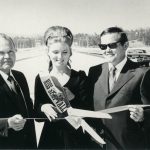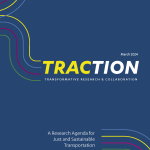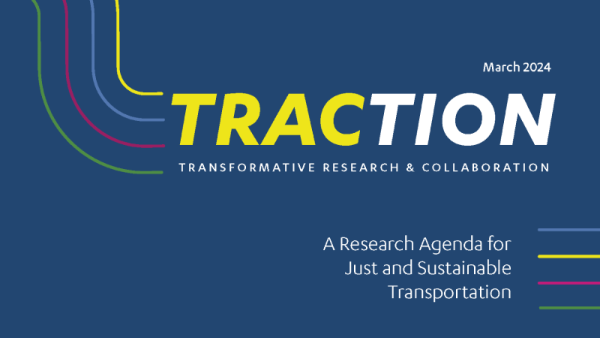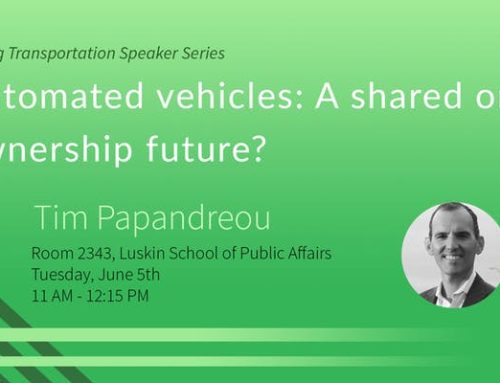New report: ITS scholars on the cause of California’s falling transit ridership
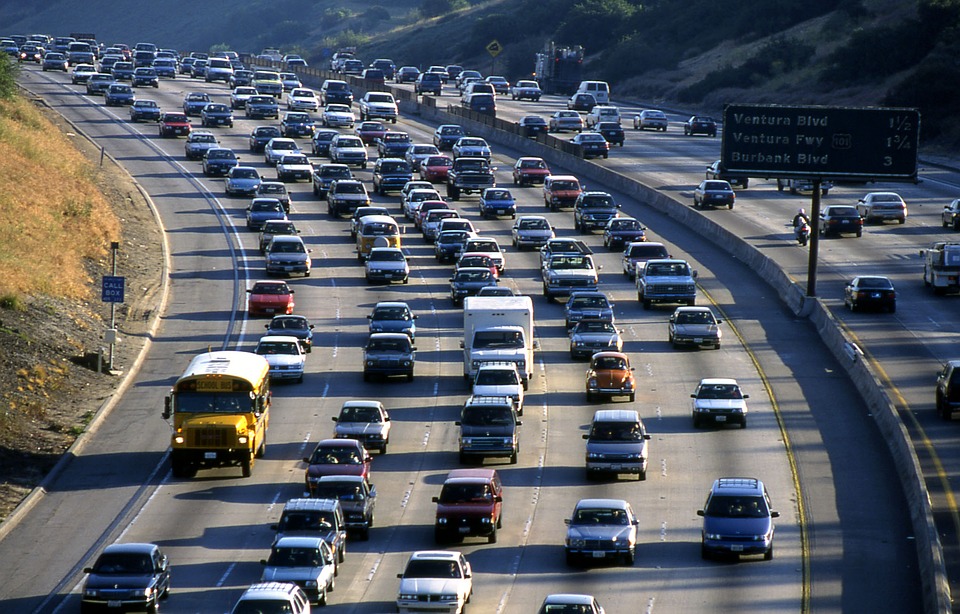
Many California communities are banking on more transit use to address problems of congestion and climate change. Yet despite heavy investments in public transportation over the past 15 years, transit ridership is declining — from 2012 to 2016, California lost 62.2 million annual transit rides, and the six-county Southern California Association of Governments (SCAG) region lost 72 million annual rides, 120 percent of the state’s total losses.
With such political support and policy stakes invested in transit, why is ridership falling? Three UCLA ITS scholars have authored a new report for SCAG in order to better understand this trend and help inform planners and policymakers on how to address declining ridership. The full report, by assistant professor of urban planning and ITS faculty fellow Michael Manville, professor of urban planning and ITS director Brian D. Taylor, and professor of urban planning and ITS faculty fellow Evelyn Blumenberg, includes several key findings:
Increased car ownership can likely explain much of the transit ridership decline in Southern California.
Between 2000 and 2015, private vehicle ownership dramatically increased among households in the SCAG region, from 1.7 to 2.4 vehicles per household. During the 1990s, the region grew by 1.8 million people and 456,000 household vehicles, or 0.25 cars per new resident. But from 2000 to 2015, the region added 2.3 million people and 2.1 million household vehicles, nearly one car per new resident.
Car ownership has grown fastest among the most frequent transit riders.
A small portion of Southern California residents take the majority of all transit trips: Less than 3 percent of the region’s population rides transit very frequently, another 20 percent rides occasionally, and more than three-quarters of residents ride transit rarely or never. Frequent transit ridership is concentrated among lower-income people, particularly foreign-born residents. And these households have outpaced the average regional resident in new car ownership — the share of foreign-born households without a car dropped by 42 percent between 2000 and 2015.
Fuel prices, service changes, and rideshare use are not the likely drivers of ridership decline.
Other potential causes do not strongly correlate with the fall of transit ridership in Southern California, unlike the spike in car ownership among heavy transit users. Gas prices have jumped up and down while transit use has declined, transit fares and service records have not notably changed, and while new rideshare services such as Lyft and Uber may play some role, transit use began its decline before rideshare became popular and research shows that rideshare users are mostly making different trips at different times than regular transit riders.
Californians who rarely ride transit represent great untapped potential.
Car ownership is outside the control of transit agencies, and increased vehicle access for lower-income residents has positive economic and social benefits. Instead of trying to recapture lost regular riders, focusing on expanding the pool of “choice riders” could boost ridership significantly. If every fourth person in Southern California who rarely or never rides transit replaced one driving trip with one transit trip every two weeks, annual ridership would grow by 96 million.
Read the full report below, or click this link here.
Recent Posts

MURP student ‘speaking up’ for equity in transportation and planning
Veronica De Santos spent a semester abroad in Geneva, where she called on global leaders to invest in underrepresented voices shaping the future of sustainability and transportation.

Remembering Donald Shoup
UCLA ITS’ 2nd director and a visionary scholar reshaped cities with his pioneering work on parking, inspiring legions of ‘Shoupistas’ and lasting change.


